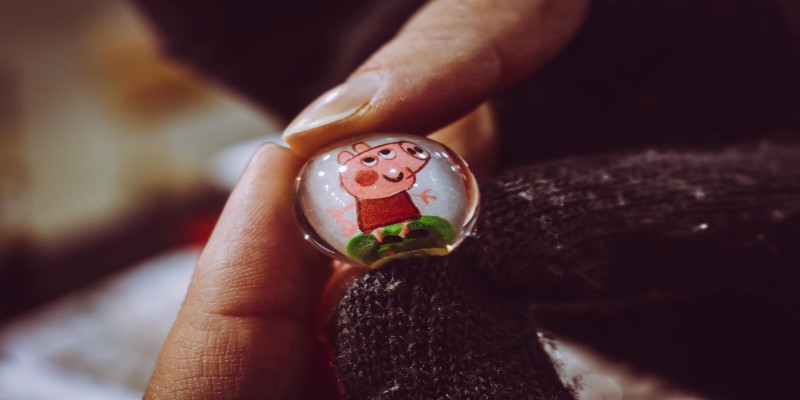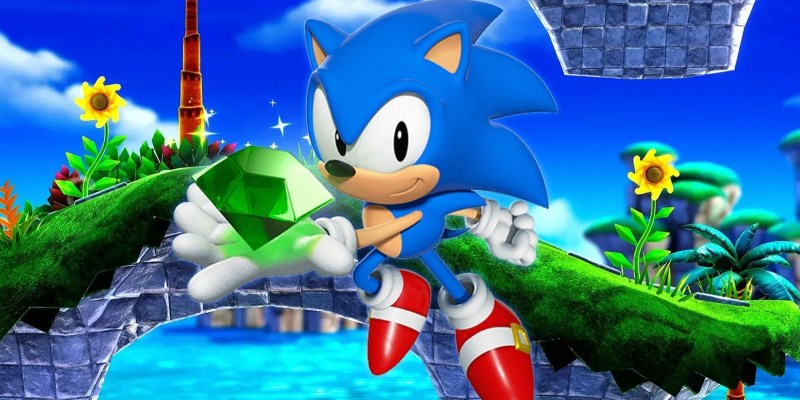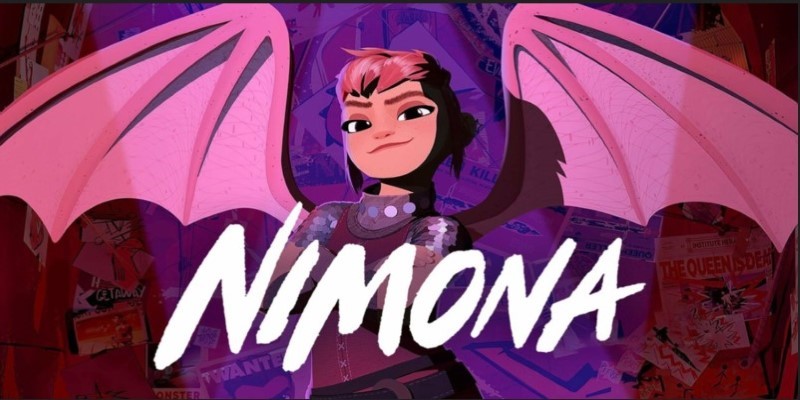
Review of Miyazaki's Enigmatic Dream about Loss and Purpose – The Boy and the Heron
Feb 01, 2024 By Frederica
It's possible that Hayao Miyazaki's film The Boy and the Heron is his final one. The 82-year-old head of Studio Ghibli had already declared his retirement following the completion of Spirited Away (2001), Princess Mononoke (1997), and The Wind Rises (2013). However, one of the great man's colleagues said during the Toronto International Film Festival that he is working on new projects.
Still, it seems very much like the final stage of someone. Collating creative elements from across Miyazaki's career, The Boy and the Heron is highly self-synthesizing and heartbreakingly nostalgic, exposing the dreams it holds for the future generation.
In this comprehensive guide, we will reveal an in-depth review of this movie with an overview of its production. So, what are you waiting for? Without any further delay, let’s just dive into it and begin exploring!
Production of the Boy and the Heron

As explained earlier, Miyazaki had previously declared that he would retire once The Wind Rises, his 2013 film, was released. In addition, he had declared his retirement from acting following Spirited Away in 2001 and Princess Mononoke in 1997.
Therefore, this is the 82-year-old's only feature picture in ten years, The Boy and the Heron. In a 2016 project proposal, Miyazaki stated, "There is nothing less pathetic than declaring the world you'll leave because of your advanced age and then making a third comeback." This project idea would eventually become the film.
Autobiographical Touch
A portion of the film is autobiographical. The film was intended for Miyazaki's grandson, according to producer and co-founder of Studio Ghibli Toshio Suzuki, who stated in 2017 that "Grandpa is moving on to another world, but he's leaving behind this film." Among the autobiographical components are the words of Miyazaki's father, the director of a firm that produced parts for fighter planes in World War II. Despite having Pott's illness, his mother remained bedridden for the majority of his early years.
War further shaped Miyazaki's own early years. "I was created in 1941 and had an intense belief in early years that we had ‘fought an absolutely stupid war,'" he commented in the year 2013. "I overheard grownups boasting about the terrible crimes they had committed on the Chinese mainland. Simultaneously, I became aware of the magnitude of the atrocities caused by the air strikes. I began to believe that I was born into a nation that had committed heinous crimes after hearing several tales."
Completion Span
Although it took a seven-year period to complete, Studio Ghibli disputed whether the world diseases had any influence on the film. Unusually, Miyazaki's age was given as the reason why the flick took longer to produce than others, and the release date wasn't set until the film was finished. Producer Toshio Suzuki stated to Entertainment Weekly in 2020, "We are still by hand every aspect, but it takes much more time to put together a film cause we're generating more frames."
Review - The Boy and the Heron

The story starts with a World War II attack on a raid over Tokyo, where young Mahito witnesses his mother's death in an unusually stylized sequence that uses point-of-view shots and slow motion in a way that is unprecedented for Miyazaki. These are thrilling but new techniques in a movie that later adopts a distinctly retro look. Like the parents and kids in My Neighbor Totoro, Mahito and his father are a broken family who relocate to the country in an attempt to mend their differences. In this instance, Father Soichi plans to marry the younger sister of his late wife and take up residence on her family's estate, which is manned by a phalanx of benevolent crones.
Fluidity in Character and Universe
In Miyazaki's films, characters are frequently malleable, with morphing shapes and moralities and motives. The laws of the movie's universe are difficult to explain, making it difficult to fully comprehend on the first viewing. His planning is also fluid, maybe more so than it is in this instance. However, this fluctuation is appropriate for a creator who has often concentrated on tales of youth, maturation, and transformation.
Hero's Journey: A Tapestry of Trials and Transformation
With its trials and tribulations, mentors, and aides, the hero's journey summarizes Miyazaki's lifelong fascination with Western fairy tales; it has aspects reminiscent of Greek mythology, CS Lewis, and Charles Perrault, as well as the Brothers Grimm. As in the similarly themed Spirited Away, the visual approach now teems with mystical creatures and waves of monsters that stream about Mahito like individual drops of water. One especially terrifying flock of parakeets stands out in particular, sporting chests bulging out like a general's.
"How Do You Live?" - Unveiling the Essence
How Do You Live? is the translation of The Boy and the Heron's original Japanese title, which was inspired by a 1937 young adult novel that reads like a dialogue between a bright 15-year-old boy and his seasoned uncle. The trip Mahito takes to the heart of a collapsing underworld is basically an apprenticeship, and this is never truer than when he finds himself at the feet of the elderly magus who fashioned the world Mahito may one day inherit.
The Bottom Line!
"The Boy and the Heron," possibly Hayao Miyazaki's final film, presents a captivating blend of poetry, philosophy, and pure emotion. Miyazaki, at 82, weaves a story starting with a World War II tragedy, guiding us through the journey of young Mahito and his father's attempt to mend their broken family in the countryside.
The film beautifully synthesizes elements from Miyazaki's extensive career, evoking a sense of nostalgia and dreams for the future generation. Its visual richness, incorporating mystical creatures and trials reminiscent of Miyazaki's fascination with fairy tales, captivates the audience.
-
 Health Jan 02, 2024
Health Jan 02, 2024What Are The Health Benefits of Quinoa
Quinoa provides proteins, minerals, carbs, and fiber, reduces inflammation, and benefits your heart and digestive system.
-
 Internet & Telecom Jan 30, 2024
Internet & Telecom Jan 30, 2024Decoding Velocity in Technology
Learn how Velocity affects speed, momentum, and success in dynamic situations in software development and business strategy.
-
 Entertainment Jan 31, 2024
Entertainment Jan 31, 2024Sonic Superstars Review – Nostalgia with Touch of Freshness
The latest game of the Sonic Franchise provides a traditional breakneck pace for new abilities, challenging bosses, and multiple mini-games. Learn about the graphics, modes, and gameplay of Sonic Superstars.
-
 Entertainment Feb 01, 2024
Entertainment Feb 01, 2024Why Nimona is More Than Just a Good Movie: A Review of the Netflix Animated Film
Are you curious about the Netflix animate movie getting to know your identity, Nimona? If not, here's a complete review of it.